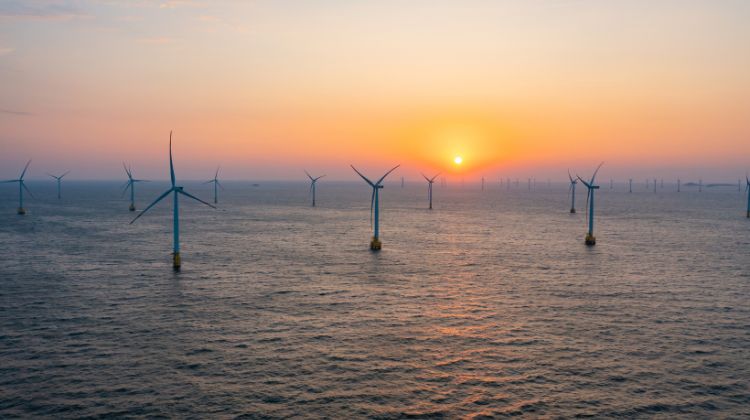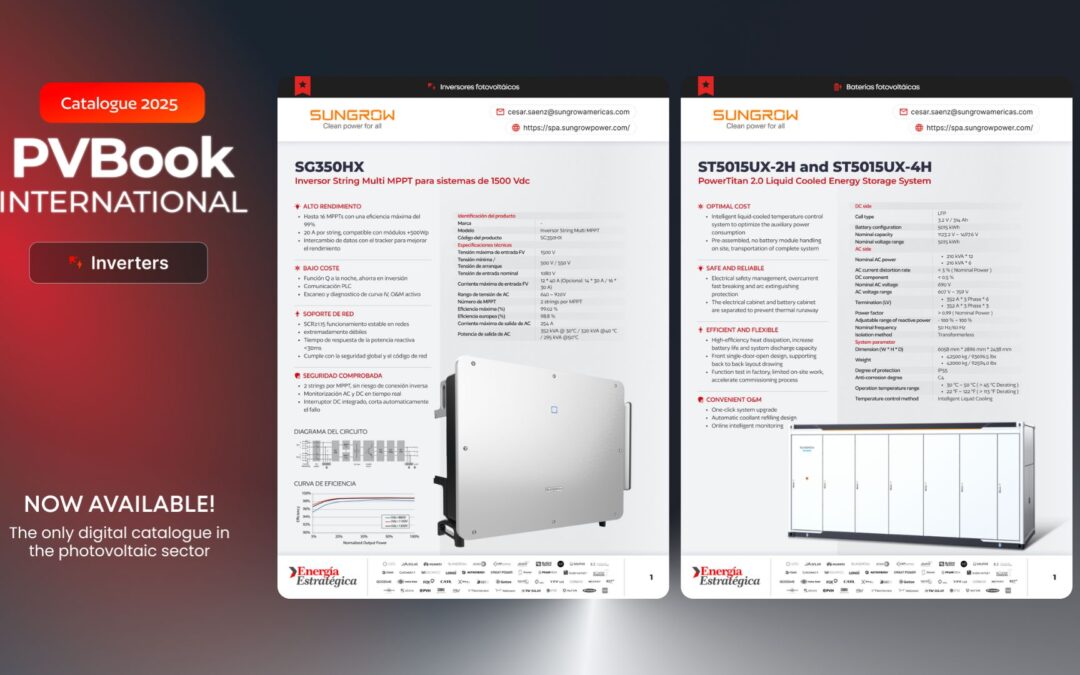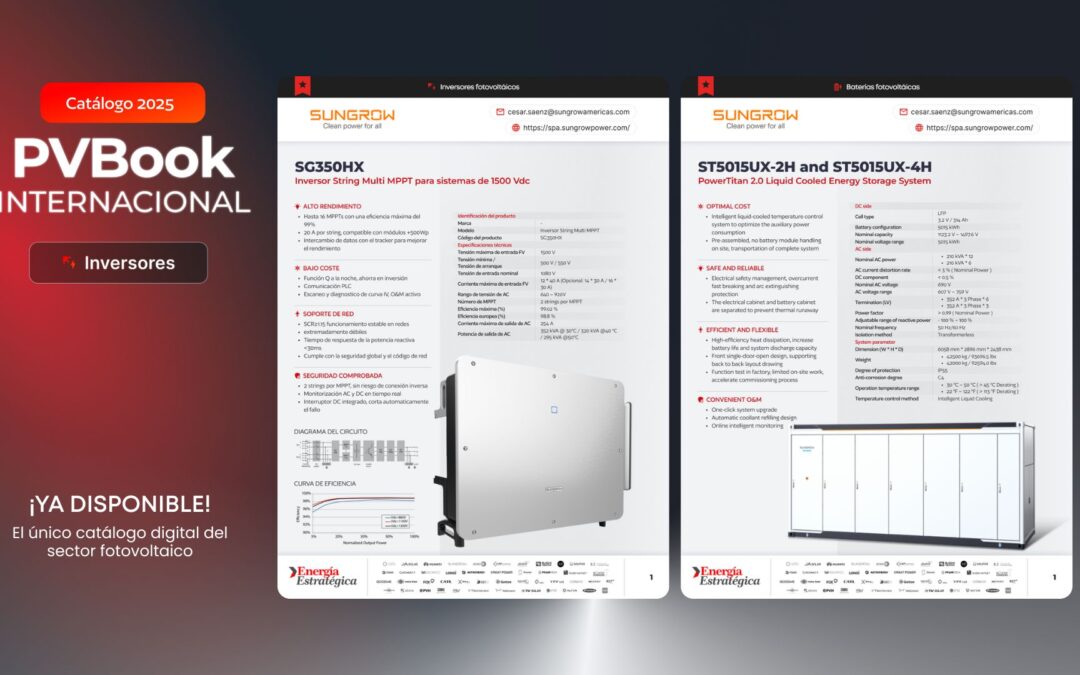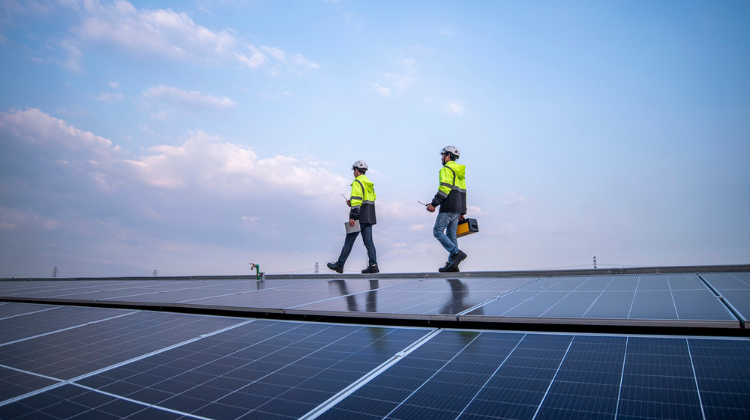The Department for Energy Security and Net Zero (DESNZ) has officially released the indicative timeline for CfD Allocation Round 7 (AR7), confirming that the application window will open from 7 to 27 August 2025. According to the published schedule, the results may be announced as early as November 2025 or as late as March 2026, depending on how many applicants challenge their qualification status.
This expanded timeline aims to provide flexibility and transparency across five possible procedural scenarios. Each scenario is based on whether applicants submit appeals after initial qualification assessments and whether those appeals escalate to a Tier 2 review by Ofgem.
Five-Scenario Structure for CfD AR7
The CfD process for AR7 has been divided into five distinct scenarios:
-
Scenario 1: All applications qualify in the initial assessment.
-
Scenario 2: Non-qualifying applicants do not request a Tier 1 review.
-
Scenario 3: Tier 1 reviews are submitted and all appeals are successful.
-
Scenario 4: Some Tier 1 reviews fail, but no Tier 2 appeals are lodged.
-
Scenario 5: Tier 2 appeals are submitted and must be reviewed by Ofgem, extending the timeline significantly.
Depending on which path is triggered, the auction and allocation stages can occur anytime from October 2025 to January 2026, with contract signing stretching into February or even March 2026.
Reforms for Offshore Wind Eligibility
Alongside the timeline, DESNZ launched a consultation on potential eligibility changes for fixed-bottom offshore wind projects. Historically, projects without full planning consent were excluded from participation. Under the new proposal, AR7 would allow these projects to enter the auction if they can demonstrate substantial progress towards obtaining necessary consents.
This reform, open for feedback until 16 June 2025, is part of a broader strategy to reduce development bottlenecks and ensure offshore wind remains a key pillar of the UK’s renewable energy portfolio.
Exemption Mechanism for Previously Barred Sites
Further regulatory clarity comes from a newly issued Exemption Request Notice, applicable to projects temporarily excluded from AR7 due to prior rule breaches or administrative delays. Developers in this category must submit a formal request for exemption by 19 June 2025, detailing why they should be reconsidered and what remedial steps they’ve taken.
Standard Terms, ASPs and Auction Framework Updates
DESNZ will publish updated Administrative Strike Prices (ASPs), pot structure, and CfD Standard Terms in July 2025, alongside the Contract Allocation Framework. These publications will guide applicants on key parameters for AR7, including eligible technologies, delivery years and strike price ceilings.
Simultaneously, the Low Carbon Contracts Company (LCCC) will open the Minor & Necessary Modifications request window, allowing potential applicants to engage early and request adjustments to contract terms where applicable.
Introduction of the Clean Industry Bonus (CIB)
For the first time, AR7 will feature the Clean Industry Bonus (CIB). This mechanism provides additional financial incentives for projects demonstrating robust environmental and supply chain sustainability commitments. To qualify, projects must meet minimum thresholds and propose improvements in areas such as manufacturing emissions, resource efficiency and local economic impact.
This aligns with the UK’s Net Zero Strategy and aims to drive investment in greener industrial processes, particularly in wind, solar and emerging renewable technologies.
Implications for Developers and Investors
The combination of timeline flexibility, regulatory reform and financial incentives sends a clear message: the UK Government is committed to expanding and diversifying its renewable energy base. However, the wide range in possible dates—from contract allocation in November 2025 to sign-off as late as March 2026—adds a layer of uncertainty for developers planning financing, procurement and grid integration.
The structured appeal process, while designed to uphold fairness and transparency, could inadvertently delay projects if numerous appeals are submitted. As such, developers are encouraged to engage early with NESO and LCCC, especially if planning to request contract modifications or exemption statuses.
Read the full timeline here:
































